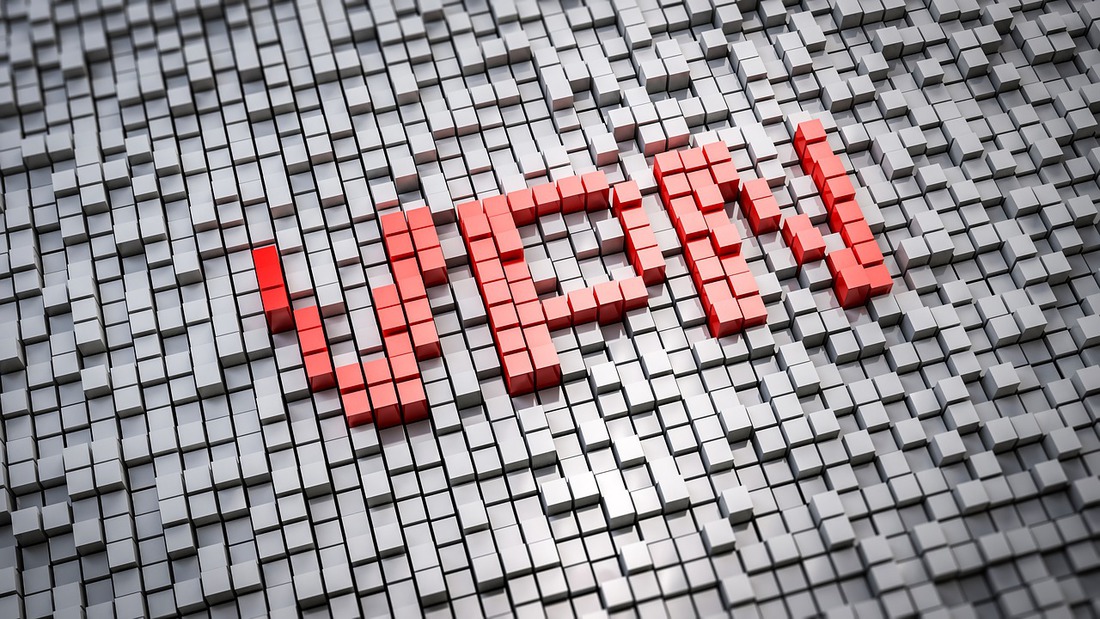Cloud computing and affordable, high-performance internet connectivity has allowed all our devices to evolve to the point where they are today. Most so-called smart electronic devices can access the internet and access external, internet-based, services. Although the first thought that comes to mind when we are referring to IoT devices in the corporate environment relates to desktops, laptops or even smartphones, other devices are sometimes overlooked. Devices such as handheld wireless asset scanners or even file or email servers and mainframe clusters.
In smaller organizations, the IT support team would typically be responsible for cyber risk quantification (CRQ). In larger organizations, however, there might not be enough skilled professionals on hand to cover all the business infrastructure. This is where Cyber Risk Quantification platforms come into play. These automated platforms automatically monitor an organization’s exposure to cyber risk, allowing IT, management, and executives to clearly understand the impact of cyber security. By monitoring and reporting possible attack vectors the automated platform facilitates informed business decisions and directives.
Attack Vectors and Surfaces
An attack vector is a means of gaining unauthorized network access to launch a cyberattack on an organization. Cybercriminals can use attack vectors to get access to sensitive data, personally identifiable information and other valuable information following a data breach by exploiting system flaws. With a data breach potentially costing millions of dollars, it’s critical to consider automated ways to reduce attack vectors and avoid data breaches. Malware, viruses, email attachments, web pages, pop-ups, instant chats, text messages, and social engineering are all common attack vectors.
As malicious actors seek to exploit unpatched vulnerabilities on IoT devices that are published on shady web sources, the number of cyber risks is increasing. It is unfortunate that no single solution can protect every attack vector in an organization. Because cybercriminals are becoming more creative and skilled, antivirus software is no longer sufficient as a primary security measure in an organization.
An attack surface, on the other hand, refers to the total number of attack vectors within an organization which can be manipulated by a malicious actor to gain access to the organizational IoT devices and networked resources.
Security Controls
If you believe you are not a target for malicious actors because your company is too small or lacks valuable data to steal you might be mistaken. Malicious actors understand that those information systems used by small and medium organizations are often insecure and extremely easy to hack. Cyber breaches could cost hundreds of thousands of dollars, if not more. A staggering number of small and medium organizations that are harmed by cyberattacks never fully recover and are forced to close their doors. It’s almost guaranteed that your company will at some point be the target of a cyberattack; it’s a matter of when not if.
Therefore, it is crucial for organizations, no matter what their size, to have sufficient cyber security controls in place, even for mobile or IoT devices. At the foundation of efficient cyber security is the CIA Triad. The CIA Triad, in theory, integrates three unique ways of dealing with data to form a data security model. To begin with, the pillar of confidentiality dictates that only authorized users have access to data stored in a system. The second pillar of integrity emphasizes the need for data accuracy and trustworthiness. Data must be accessible where and when consumers need it, according to the final pillar of availability. A healthy cyber security paradigm for preserving digital information emerges from the convergence of these three pillars.
Realistic cyber risk quantification necessitates a detailed understanding of the susceptibility to threats based on specific vulnerabilities in information systems and organizations, as well as the likelihood and potential negative consequences of malicious actors successfully exploiting such weaknesses. A grasp of privacy hazards is also required for cyber risk quantification. Security and privacy requirements are met through knowledge and awareness of the corporate risk management plan, which addresses the organization’s concerns regarding IoT risk assessment. After that, a risk management method is used to manage risk on a continuous basis. Automated third-party solutions can greatly improve the efficacy of this process, which in the long term, is priceless.











FIND US ON SOCIALS